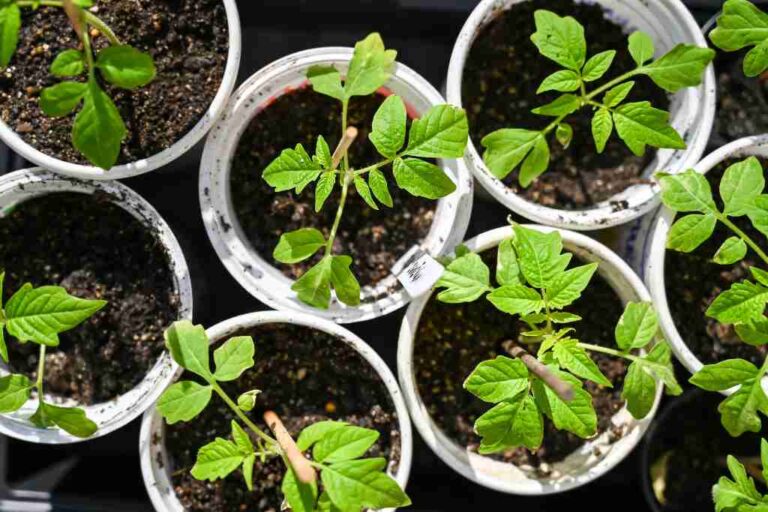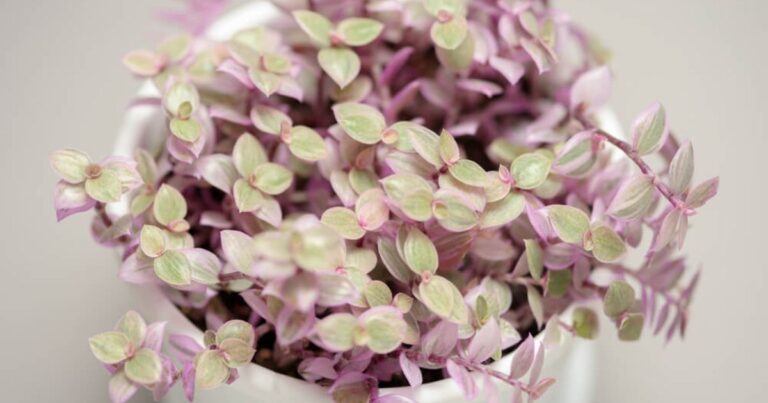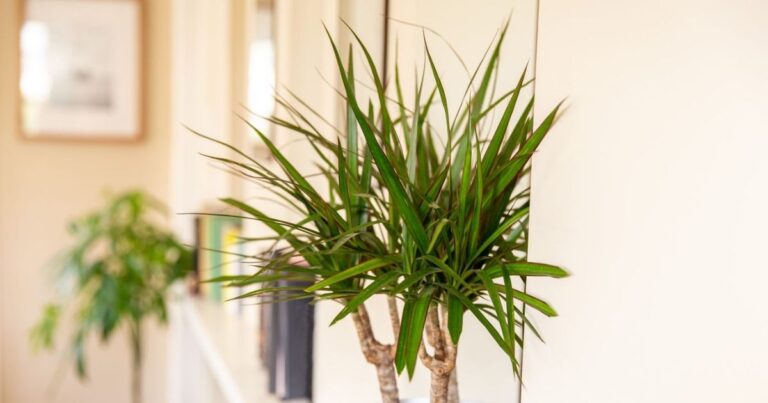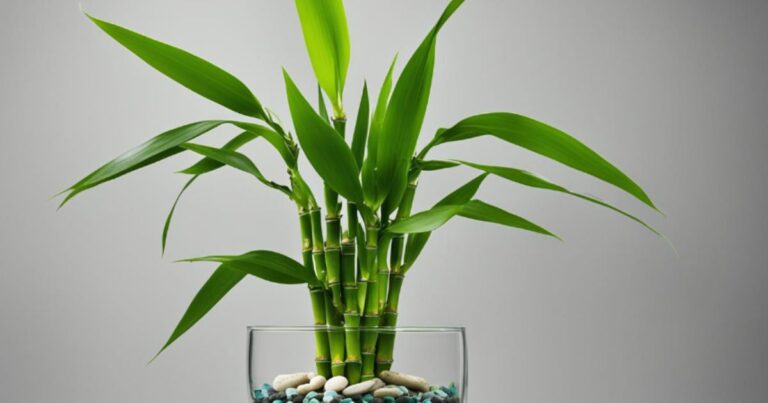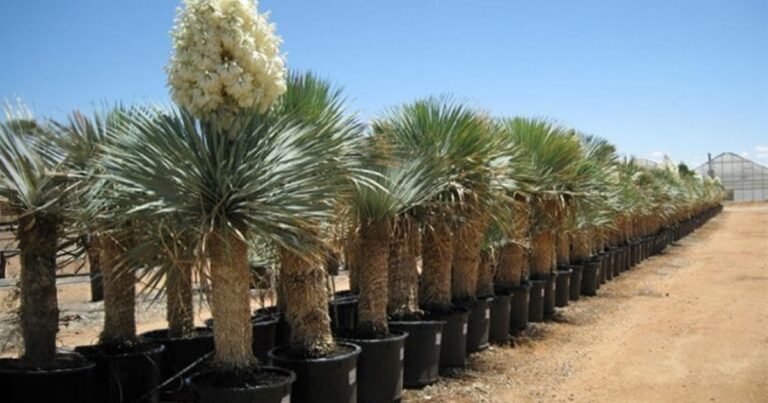Top 10 Plant Care Tips For Beginners
Navigating the realm of plant care might feel overwhelming at first. But fear not! With the right guidance, you can cultivate your green thumb and transform your home into a thriving sanctuary. In this article, I will unveil the top 10 plant care tips specifically designed for novices eager to embrace their botanical adventure.
From selecting the perfect potting soil to understanding light requirements, these essential tips will empower you with the knowledge needed to nurture healthy plants that flourish under your care.
Choose plants based on your light For plant care
Selecting the right plants for your space hinges significantly on understanding the light conditions available. Every plant has its own unique light requirements, ranging from full sun to low shade, and matching these needs can be the difference between a flourishing garden and a collection of droopy leaves.

For instance, if you are blessed with bright, direct sunlight through large windows, consider incorporating sun loving plants like succulents or snake plants that thrive on such exposure. On the other hand, if your home casts more shadows due to overhangs or neighbouring structures, explore leafy companions such as peace lilies or pothos which are forgiving in lower light.
Pick plants that work with your schedule
When selecting plants, consider your lifestyle and daily routine. If you often travel or work long hours, opt for low maintenance species like snake plants or pothos that thrive on neglect. These resilient varieties not only tolerate infrequent watering but also have a knack for purifying the air, making them perfect companions for busy individuals.
For those who crave interaction with their greenery but struggle to find time, consider succulents and cacti. They can withstand long dry spells and add a unique aesthetic to any space without demanding constant attention. If you’re someone who enjoys the nurturing aspect of plant care but has limited time during the week, think about incorporating larger statement plants like fiddle leaf figs or rubber plants into your home.
Be mindful when watering
Watering might seem like a simple task, but the finesse of your approach can significantly impact plant health. Understanding your plants’ specific needs is essential; not every species thrives with the same hydration routine.
For instance, succulents prefer dry conditions, while ferns flourish in consistently moist environments. Observing soil moisture before watering helps you avoid oversaturation, The time of day you choose to water can also play a pivotal role in plant growth.

Early morning is often ideal as it allows leaves to dry quickly and prevents fungal diseases. Conversely, evening watering may cause damp foliage overnight, promoting unwanted pests and decay.
Raise humidity levels when needed
Maintaining optimal humidity levels is crucial for the health and vitality of your indoor plants. Many common houseplants, like ferns and tropical varieties, thrive in a moisture-rich environment.
When the air becomes too dry whether due to winter heating or air conditioning in warmer months plants may suffer from leaf browning and stunted growth. A simple plant care tip is to regularly monitor humidity levels using an inexpensive hygrometer.
keep temperatures stable
Keeping temperatures stable is a crucial aspect of plant care that often goes overlooked. Plants thrive within specific temperature ranges, and fluctuations can cause stress, impeding growth and reducing vitality. When temperatures dip too low or spike too high, plants may exhibit signs of distress such as wilting leaves or delayed flowering.
To provide your green companions with an optimal environment, consider using thermal mass materials in your garden or indoor space. These can absorb heat during the day and release it slowly at night, creating a more consistent climate.

Incorporating indoor humidity control techniques can help to mitigate temperature impacts on tender houseplants. Devices like humidifiers not only maintain moisture levels but also assist in buffering against sudden temperature changes caused by heating or cooling systems in your home.
Know when to skip the fertiliser
In the pursuit of lush greenery and bountiful blooms, there’s a temptation to rely heavily on fertilisers. However, understanding when to skip this step can significantly enhance your plant care routine.
One key moment to hold off on fertilising is during the dormant season, plants naturally slow their growth in colder months and don’t require additional nutrients that could lead to unhealthy growth patterns.
Over fertilisation can lead to nutrient burn, causing unsightly damage that may take time for your plants to recover from.
Shop from a reliable source
Sourcing your plants from a reliable provider can significantly enhance your gardening experience. A trustworthy nursery or online shop not only ensures the quality of the plants but also offers valuable advice on plant care tips tailored to your region’s climate and soil conditions.

This means you are more likely to receive species that thrive in your environment and have been organically grown, minimising the risk of introducing pests or diseases into your garden.
Show a little TLC at first
When you bring a new plant home, it’s easy to get caught up in the excitement and overlook the essential first steps of acclimatisation. Show a little TLC at first by creating an ideal environment for your new green companion.
This means starting with a gentle introduction to its surroundings keeping it away from direct sunlight and extreme temperatures for the first few days will help it adjust without added stress. Monitor humidity levels as well; some plants thrive in humid conditions, so consider misting or placing them on a pebble tray.
Don’t be scared to repot
Repotting can feel daunting, but it’s a crucial plant care tip that leads to thriving greenery. Think of it as giving your plants a fresh start and ample room to grow. Over time, roots can become bound or depleted of nutrients, leading to stunted growth and diminished vitality.
By repotting, you not only refresh the soil but also provide your beloved plants with more space for their root systems to expand, an essential factor for healthy growth. Consider this an opportunity to inspect your plant’s health closely. When you gently lift it from its current pot, notice the condition of the roots.
Keep drainage in mind
When nurturing your garden, one often overlooked yet vital aspect is drainage. Effective drainage can make the difference between a thriving plant and one that languishes. Waterlogged soil deprives roots of oxygen, leading to root rot and stunted growth.
To prevent this, consider incorporating materials like gravel or perlite into your potting mix, promoting aeration while allowing excess water to flow freely.
Also Read About: Guide About Foam Flower Plant Care, Planting & Growing
Conclusion
Mastering the basics of plant care is essential for beginners looking to cultivate a thriving indoor garden. By following these top 10 plant care tips ranging from understanding light requirements to establishing a consistent watering schedule you can create an environment where your plants can flourish.
Remember that patience and observation are key, every plant has its unique needs and quirks. Continue to learn and grow alongside your green companions, don’t hesitate to seek out additional resources or connect with fellow plant enthusiasts for support.


